Posted on March 04, 2013 09:31:39 PM (Business World)
Are rural infrastructure serving their purposes?
First, more areas can be planted. With adequate water, the land can have two crops a year, instead of one. Second, better water supply and control will raise crop harvest per hectare. Today, official data show that there are about 1.7 million hectares of irrigated lands in the country, and in 2012, some 3.2 million hectares of rice were harvested.
What about farm-to-market road? Theory and good practice also show that it has several economic benefits to the farmers.
First, it opens new lands for cultivation. Second, it makes transport costs lower which will lift farm prices and lower cost of farm inputs like fertilizers. These enhance farm profits. Third, better roads connect rural communities to better education, health and agricultural support services. Fourth, good roads will mean more competition among the traders and input suppliers. I have seen the impact of good roads in rural Thailand in the late 1970s, Malaysia and Taiwan in the 1980s, and Vietnam in 2012.
An actual case in the Philippines was my village in Panabo, Davao del Norte. Many decades ago, the road connecting to the national road to Davao City was in terrible shape. Rains bring large puddles that become large pot holes, which slow down the speed and increase vehicle operating costs. Only traders with 4×4 trucks can enter the barangay during the rainy season. A better road plus a bridge later connected the village to the town. The vehicle traffic increased and farmers could bring their produce to the town center
QUALITY CONCERNS
Irrigation works when well-designed and built to specifications will normally pass the test of economic viability. They will also pass when there is an assurance of good maintenance, the areas are planted, and generate good yields. Incidentally, irrigation is not only for rice but also for other products such as vegetables. Meanwhile, FMR enhances connectivity to markets.
The questions to the local governments and national agencies are: (a) Where are the assurances that irrigation works and FMR will be built to specifications? (b) Are there independent parties that monitor the quality of civil works? (c) Where is the assurance that good maintenance will be undertaken?
Certainly if the projects are not well-designed and there are “cutting corners” in construction, the infrastructure will not last. One flashflood can wash away a diversion dam, and one rainy season can destroy an FMR. These concerns are more pronounced now with climate change.
In my view, quality checks of irrigation and FMR projects are important. Foreign-assisted projects mandate quality control. But for irrigation, they comprise only 20% of the total irrigation budget of the Philippine government in 2012: a large chunk of the budget went to locally-funded irrigation.
Tracking of the FMR budget has been extremely difficult because the allocation is based more on congressional districts rather than needs analysis. The question is who decides the priority projects in each district? Are there verifiable and quantifiable data to support the economic investment?
We cannot turn a blind eye to these practices of unsound economic criteria and poorly built infrastructure. Short-lived infrastructure due to poor quality will have never-ending rehabilitation. Society loses as the roads network will not expand because of these problems.
LOOKING FORWARD
The plan of the administration for geographic tagging of projects using satellites or Google earth for project monitoring is a welcome development. They are also giving serious thought to road connectivity. We are not talking peanuts here. We are talking of nearly ₱25 billion a year for irrigation and at least ₱5 billion a year for FMR. Thus, a good monitoring and evaluation system is vital.
In conclusion, irrigation and FMR projects are vital cogs of agriculture development if they are well-located, well-designed, well-constructed, and well-maintained. If not, they can be a massive waste of limited resources.
(The article reflects the personal opinion of the author and does not reflect the official stand of the Management Association of the Philippines. The author is the executive director of the Center for Food and AgriBusiness of the University of Asia & the Pacific. Feedback at [email protected]. For previous articles, please visit map.org.ph)
